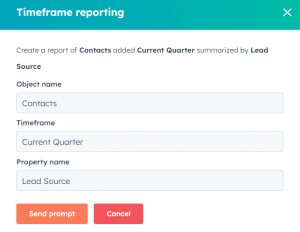Citrix studies indicate that 64 percent of American workers would be willing to give up at least one perk to work remotely one day a week. With flexible work arrangements on the rise and as companies shift their policies to retain top talent, physical attendance at the office isn’t always a requirement. Management is challenging on its own, and these changes bring about a new set of considerations for managers of a remote workforce.
1. Be Prepared To Communicate
Communication and collaboration can be a challenge when everyone is in the same place at the same time. In fact, data from the CultureIQ Survey indicates that communication is one of the elements of operational culture that companies struggle with the most. If a traditional workplace has a hard time with communication, imagine what it’s like when employees are scattered across multiple locations, time zones, and schedules.
Various communication tools and technology can help your company keep up and stay in touch with employees, regardless of their location. As an example, at CultureIQ we use Slack for short-form chat discussions and Google Docs when collaborating on written projects. The tools and processes we have in place help us communicate effectively all the time, but they become especially important when we are on the road or working remotely. For the vast majority of companies with remote workers, adopting tools that make real-time communication simple is a must.
2. Be Transparent About Productivity
Employees who require frequent guidance and continual reminders about impending deadlines are unlikely to thrive in a mobile work environment. However, even for highly independent workers, transparency around productivity can be a powerful tool for uniting teams. Project management software, enterprise resource planning solutions (ERP), customer relationship management software (CRM), and time tracking software are a few ways to create a system for tracking remote employee efforts.
And this “tracking” doesn’t need to be negative. Understanding how employees spend their time is important for increasing efficiency across the board and determining opportunities to better support your team. Further, it allows you to identify employees that should be recognized for their work and otherwise would have gone unnoticed in a remote environment.
3. Be Clear About Expectations
Even the most self-motivated employees will not thrive if they’re confused about what they’re expected to do while working remotely or from a business trip. Clarifying expectations will alleviate anxiety for you and employees. This holds true for the small things, such as when and how to check in, as well as the big things, such as performance expectations. Developing (and communicating!) clear job descriptions, project scope documents, and performance metrics is extremely important for any role, but there is more opportunity for confusion with remote employees. When in doubt, go the extra mile to make sure everyone is on the same page.
Managing a remote workforce requires a shift in thinking for those used to working in a more traditional setting. Technology comes to the rescue for a lot of the accompanying challenges, but it can’t replace the human connection that is important for employee morale. Regardless of whether you are managing a team of remote employees or the person sitting next to you, make sure you get to know the person on the other side of the conference call, and that they know you.
Business & Finance Articles on Business 2 Community(71)
Report Post




